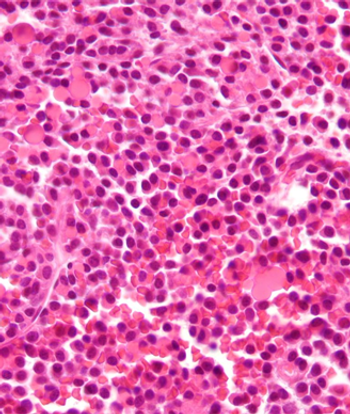
The optimal treatment strategy for newly diagnosed multiple myeloma is consolidation with melphalan, stem-cell transplantation, then lenalidomide maintenance.

Your AI-Trained Oncology Knowledge Connection!


The optimal treatment strategy for newly diagnosed multiple myeloma is consolidation with melphalan, stem-cell transplantation, then lenalidomide maintenance.
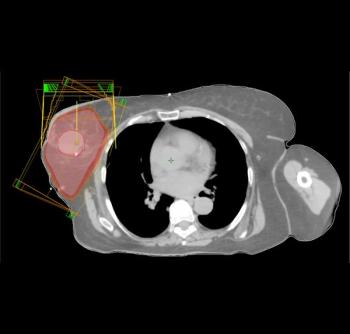
Researchers have developed a nomogram to help calculate which breast cancer patients may be appropriate candidates for accelerated partial breast irradiation.

Treatment with combined chemotherapy and the LHRH analog triptorelin may help preserve fertility in premenopausal women with breast cancer.
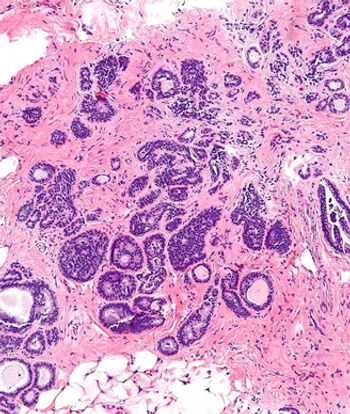
Researchers have identified a group of women with atypical ductal hyperplasia found on biopsy who should be considered to be at low risk for developing cancer.

Pilots and cabin crews were found to have twice the incidence of melanoma and about 40% increased melanoma mortality compared with the general population.

Although the overall likelihood for complications after a mastectomy are rare, women who undergo a double mastectomy may experience higher complication rates.

Continuous treatment with lenalidomide plus dexamethasone improved progression-free and overall survival in transplant-ineligible multiple myeloma patients.

Patients overdue for a screening mammography were more likely to return for an appointment when they received a reminder postcard and a physician signed letter.
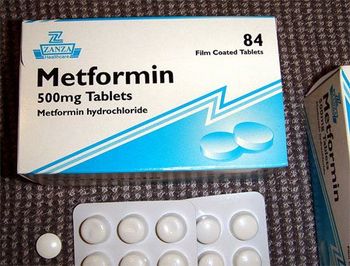
Patient exposure to metformin before undergoing nephrectomy for renal cell carcinoma may have an effect on patient survival, according to a new study.
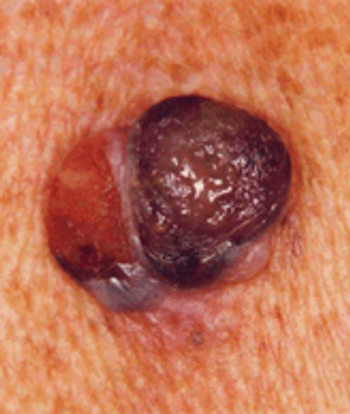
Researchers identified characteristics that may be associated with high-mitotic-rate tumors--being male, elderly, and having a history of solar field damage.
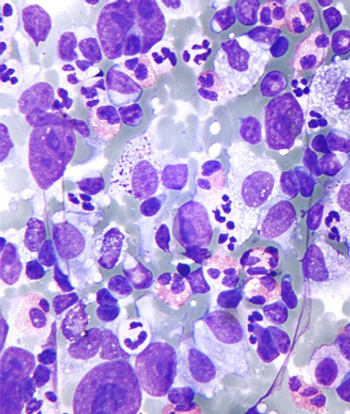
Survivors of Hodgkin lymphoma may be at increased risk of diabetes if they were exposed to radiation to the para-aortic lymph nodes and spleen during treatment.

Preoperative levels of C-reactive protein may be as predictive of outcomes as pathological TNM stage or tumor grade for prognosis in renal cell carcinoma.
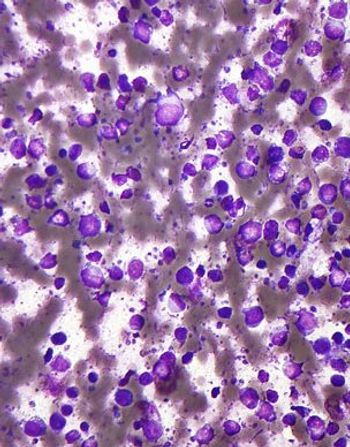
A new study confirms that patients with primary cutaneous diffuse large B-cell lymphoma who have a MYD88 mutation have a shorter disease-specific survival.
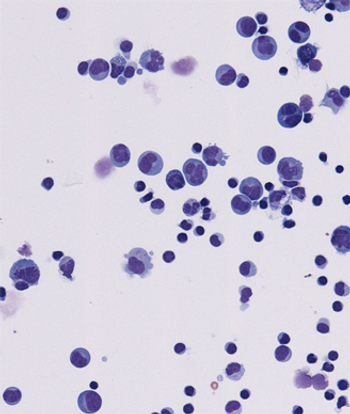
Phase II study results show that a new combination of drugs known as R2CHOP had promising efficacy in the treatment of relapsed diffuse large B-cell lymphoma.

A new study shows yet another link between increasing body mass index (BMI) and the risk of several common cancers, including kidney cancer.
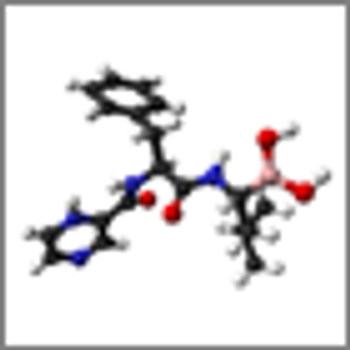
Treatment with bortezomib prior to autologous stem cell transplant resulted in superior outcomes in multiple myeloma patients with end-stage renal failure.

In a phase I trial, the oral AKT inhibitor afuresertib demonstrated single-agent activity against hematologic malignancies, specifically multiple myeloma.

Patients with pediatric BCR-ABL1-like acute lymphoblastic leukemia should be given risk-directed therapy based on minimal residual disease levels, according to a new study.
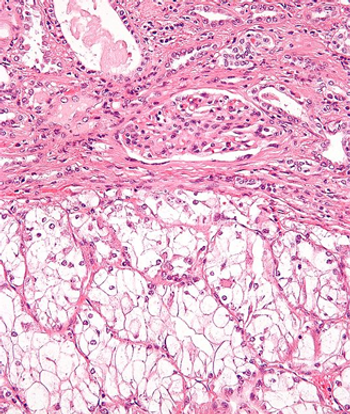
Expression of microRNA (miR)-23b/27b cluster has been linked with increased risk for clear cell RCC disease progression, and may be a predictor of poor survival.
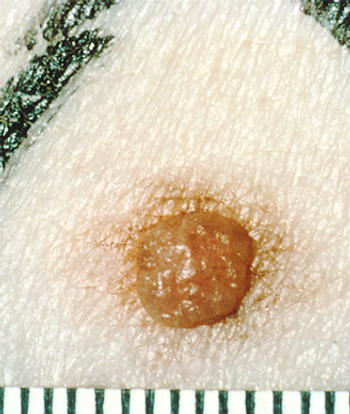
Patients taking a BRAF inhibitor are more susceptible to highly volatile melanocytic lesions that make the detection of new primary melanomas more difficult.
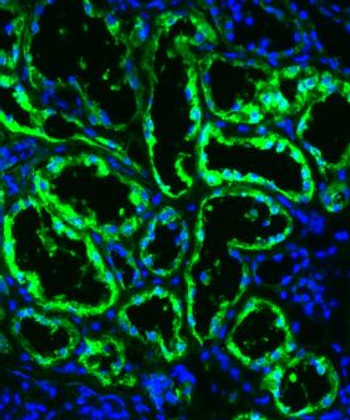
Researchers have identified a key gluconeogenic enzyme, the absence of which in clear cell renal cell carcinoma (RCC) may explain the uncontrolled cell growth present in cancer cells compared with normal kidney cells.
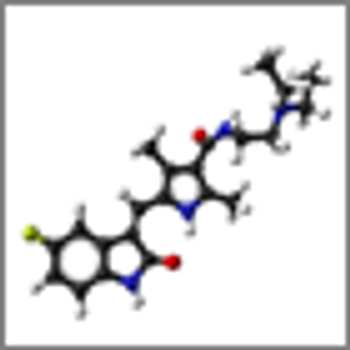
Results of a head-to-head comparison of first-line treatment of metastatic renal cell carcinoma with the mTOR inhibitor everolimus or VEGF inhibitor sunitinib showed that everolimus did not meet noninferiority requirements as a first-line therapy.
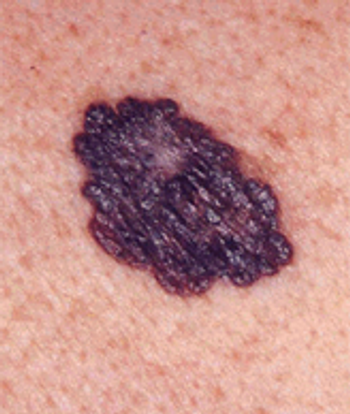
Combined treatment of BRAFV600-mutated melanoma with the MEK inhibitor cobimetinib and the BRAF inhibitor vemurafenib was safe and tolerable, according to the results of a phase Ib study.
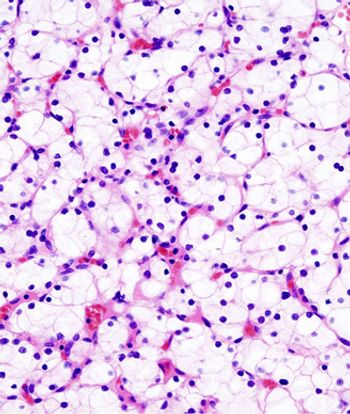
Scientists have discovered a new molecular target for therapy to fight clear cell renal cell carcinoma, neuronal pentraxin 2 (NPTX2).

Prophylaxis with tacrolimus/sirolimus provided equivalent graft-vs-host disease-free survival in patients undergoing matched, related donor hematopoietic cell transplantation.

Researchers from Japan believe they have identified a novel staging system based on hemoglobin and plasmacytoma that may help to stratify patients with multiple myeloma who are treated with novel therapeutics.
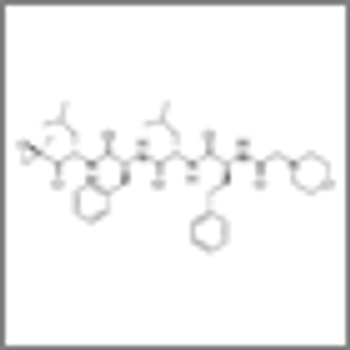
Carfilzomib given at a higher dose as a slow intravenous infusion over 30 minutes resulted in a very high response rate in a heavily pretreated myeloma population.
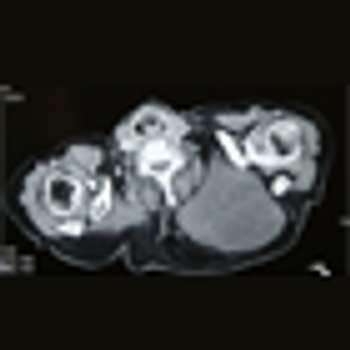
Although rare, long-term recurrence of soft-tissue sarcoma is possible, and patients with retroperitoneal, very large sarcomas, or high-grade disease should undergo long-term follow-up to detect late disease recurrence.
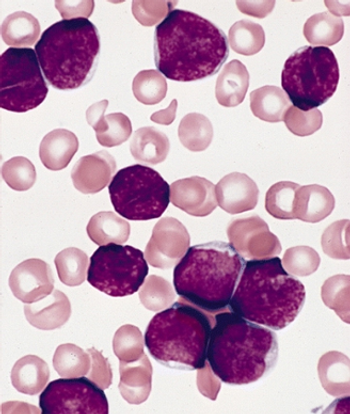
Long-term outcomes of patients treated for pediatric acute lymphoblastic leukemia (ALL) with modern treatment protocols are good, with an overall low risk for serious long-term side effects.
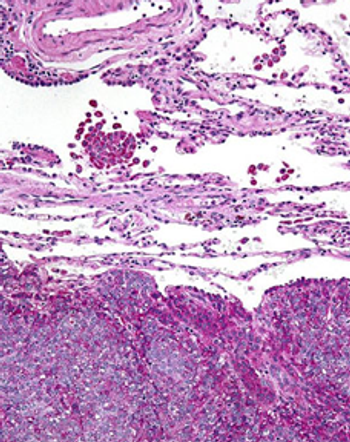
A new study found that clinicians may be able to safely substitute cyclophosphamide for ifosfamide in the consolidation treatment of standard-risk Ewing sarcoma.